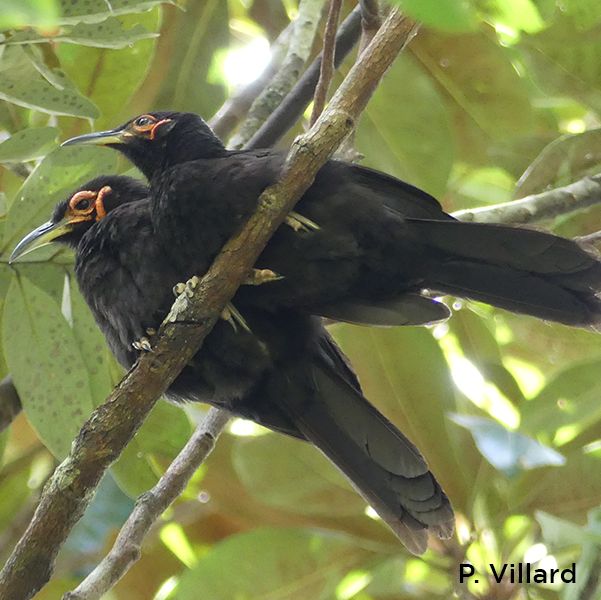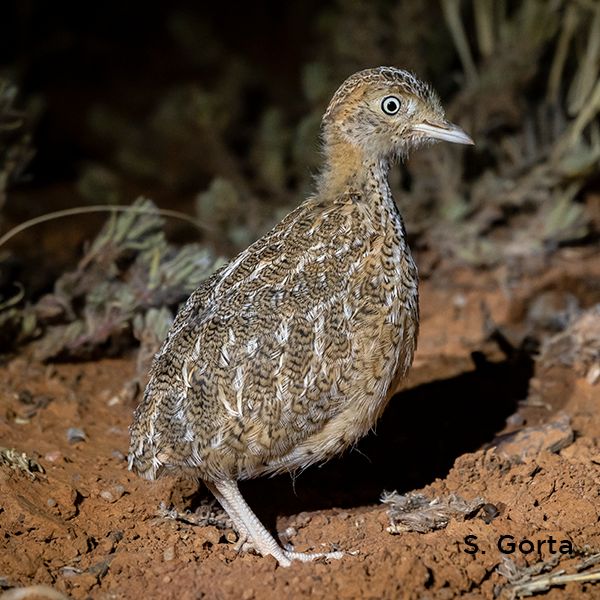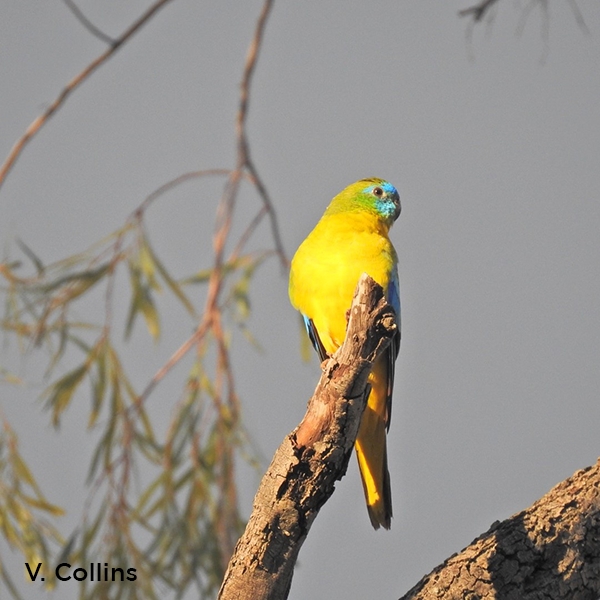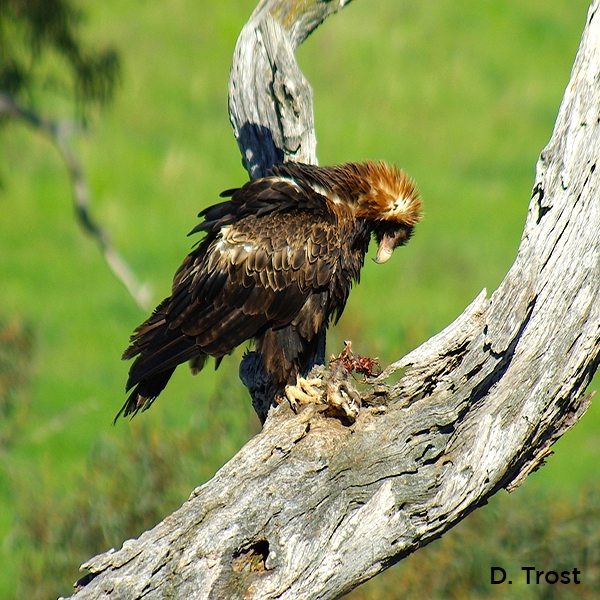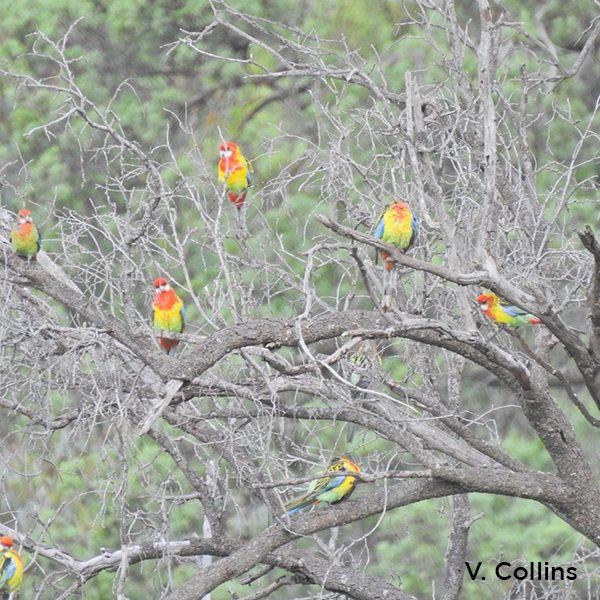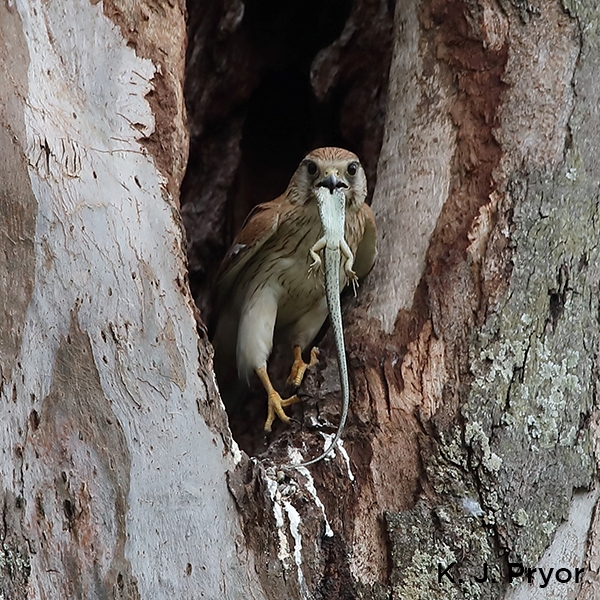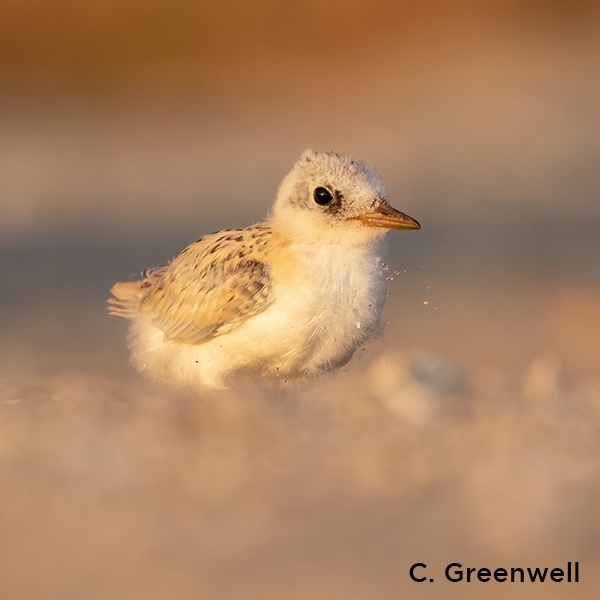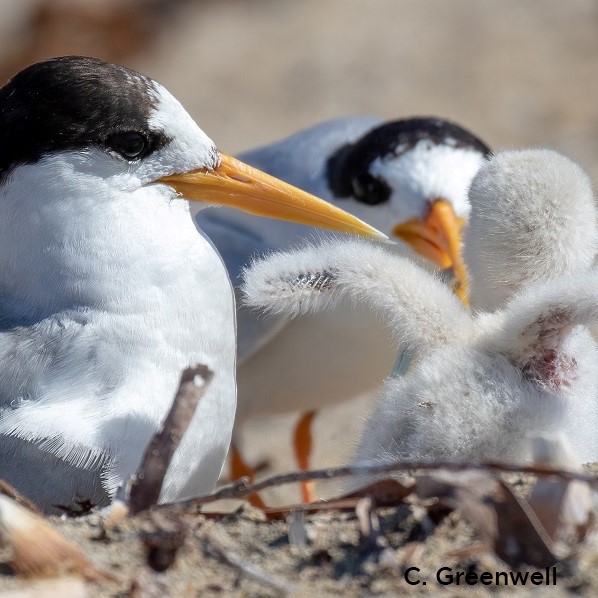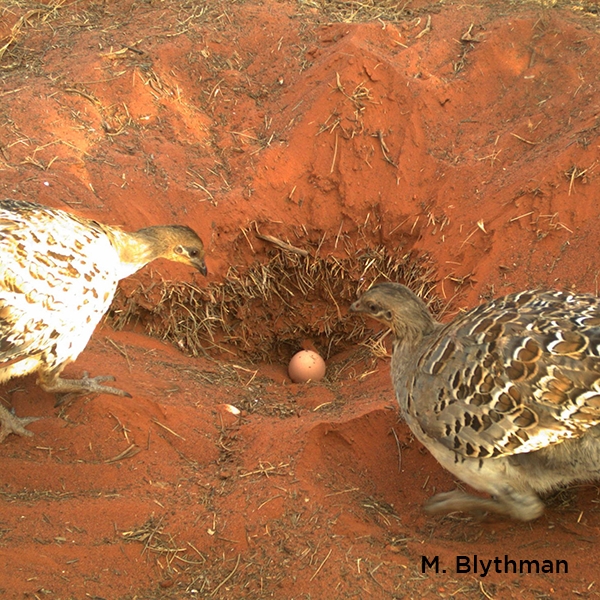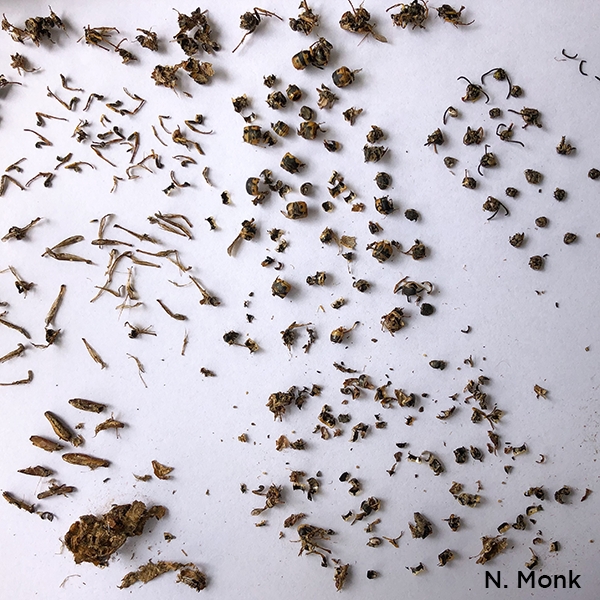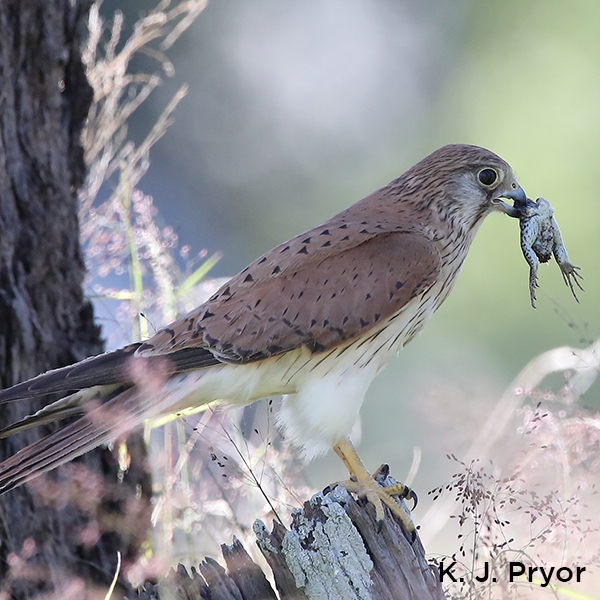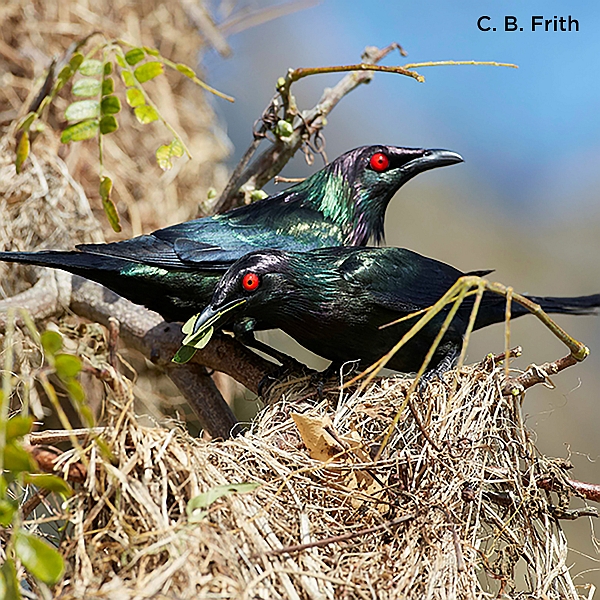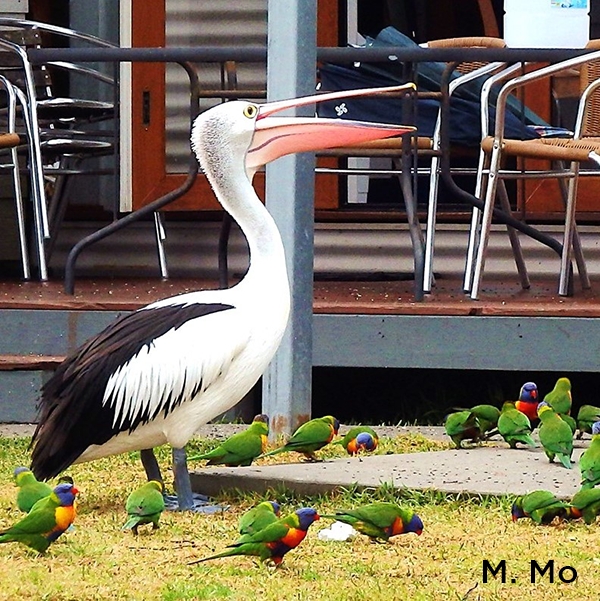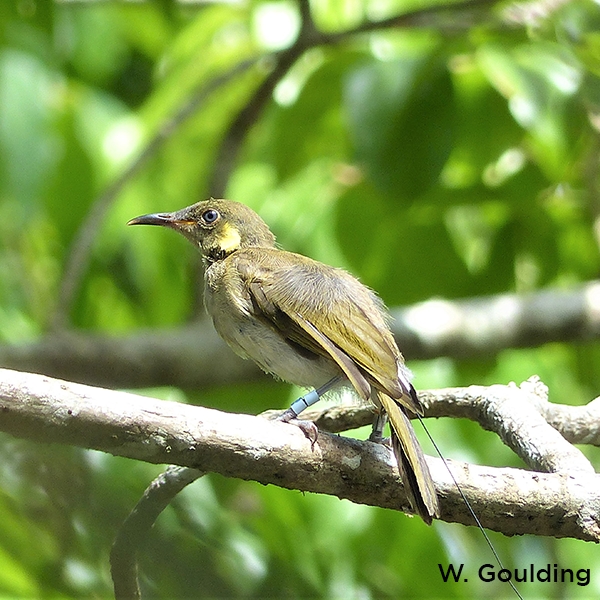Breeding biology and behaviour of the Eastern Barn Owl Tyto javanica delicatula in north-western Victoria
John G. McLaughlin, S.J.S. Debus
Abstract
The breeding biology and behaviour of the Eastern Barn Owl Tyto javanica delicatula were studied by JGM in north-western Victoria during 1987–1990, in agricultural and woodland areas (n = 14 nests). Overall, clutch size was 3–6 eggs (usually 4 or 5, mean 4.7), and fledgling productivity was 2–5 fledglings per attempt (mean 3.6). Incubation lasted 33 ± 1.5 days, the nestling period c. 46–57 days (mean c. 53 days), and the post-fledging dependence period 3–5 weeks.
Consecutive successful clutches within the same year (autumn and again in spring) were recorded during periods of highest prey density. At lower prey densities Barn Owls laid significantly smaller clutches and were seasonal (spring) breeders. Levels of nestling mortality were significantly higher during low prey abundance than during high prey abundance. Breeding behaviours, including courtship and copulation, are described. Evidence was obtained to indicate a lengthy courtship period, territorial defence, and the maintenance of pair bonds during the nonbreeding period.
Consecutive successful clutches within the same year (autumn and again in spring) were recorded during periods of highest prey density. At lower prey densities Barn Owls laid significantly smaller clutches and were seasonal (spring) breeders. Levels of nestling mortality were significantly higher during low prey abundance than during high prey abundance. Breeding behaviours, including courtship and copulation, are described. Evidence was obtained to indicate a lengthy courtship period, territorial defence, and the maintenance of pair bonds during the nonbreeding period.

